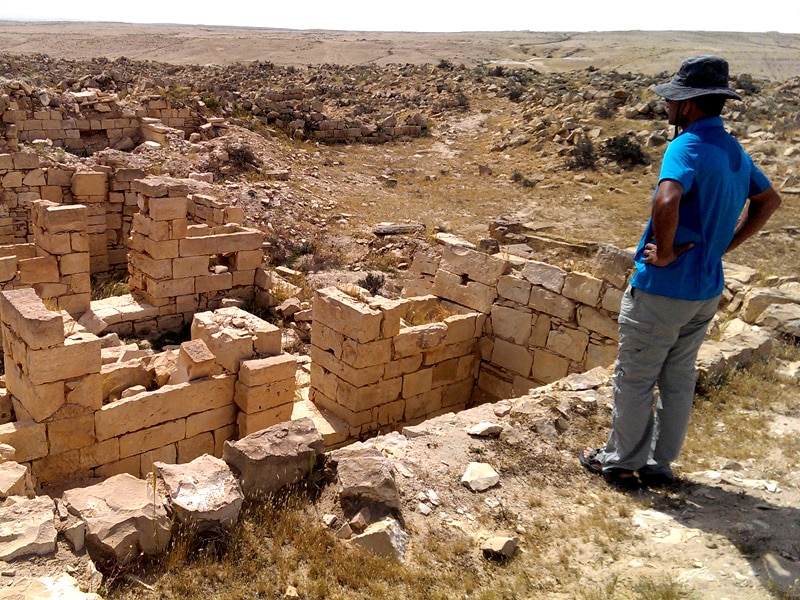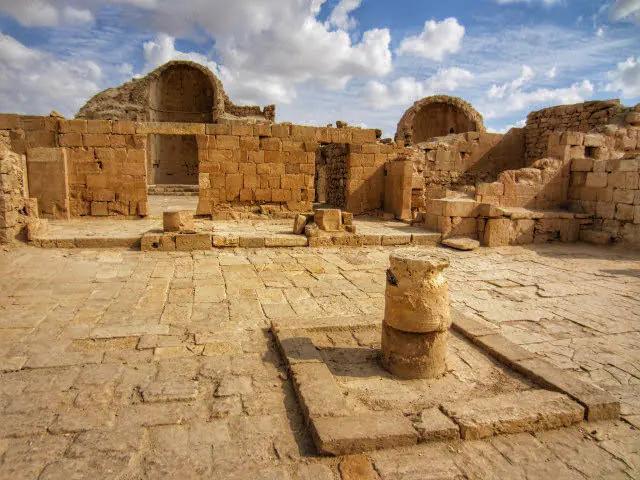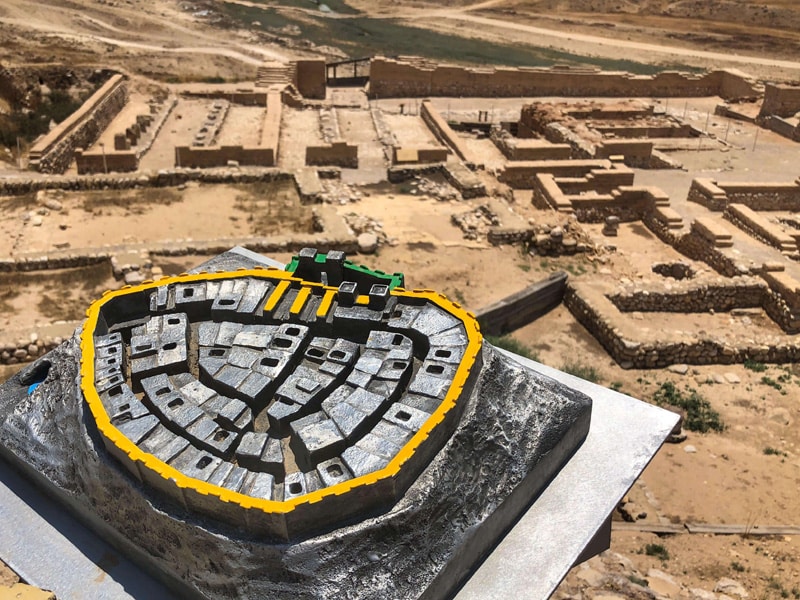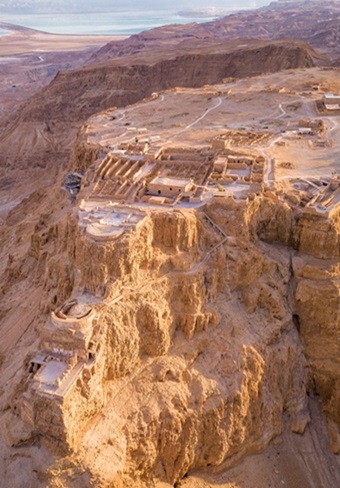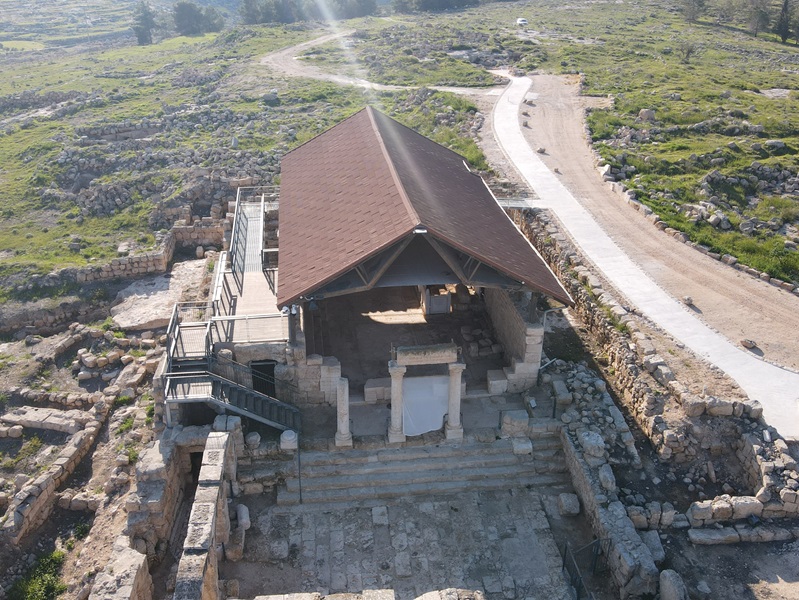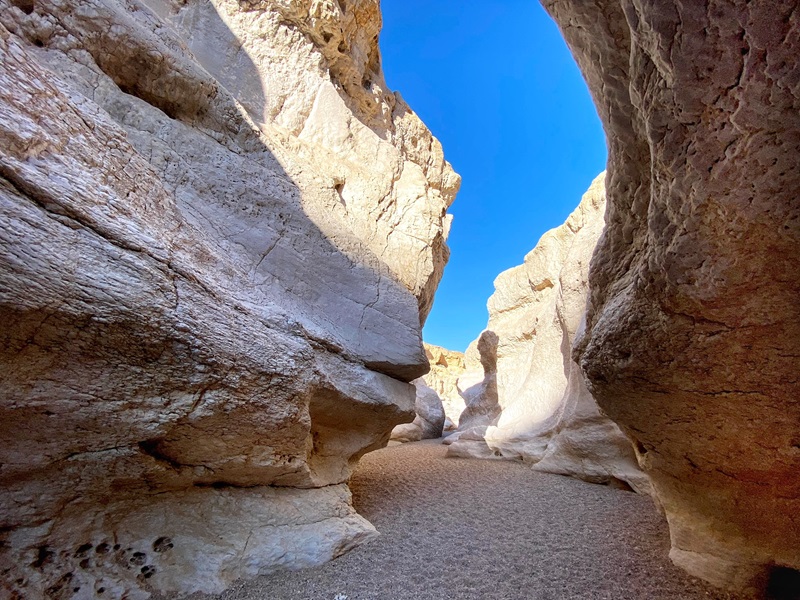Hatzeva
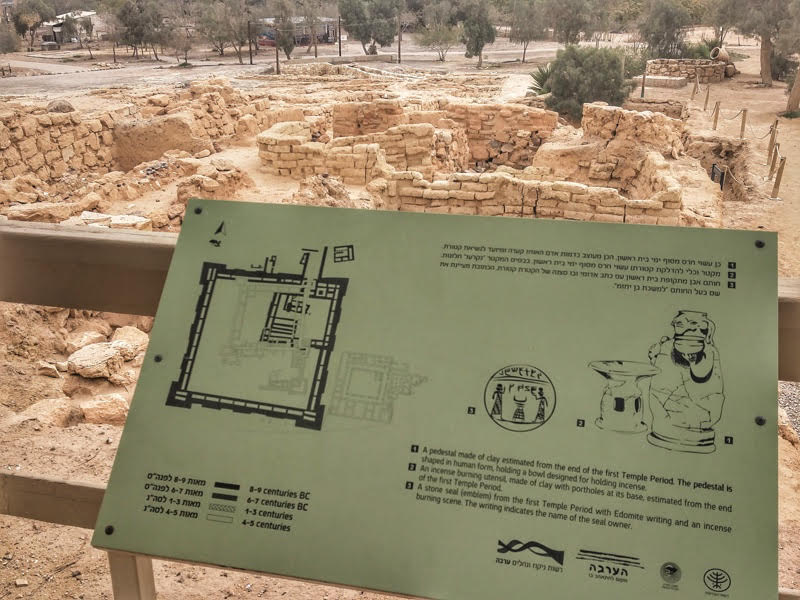 Located in the heart of the Aravah, 20 miles south of the Dead Sea, ancient Hatzeva functioned as fortified caravanserai next to spring (Ein Hatzeva). Identified with biblical Tamar (1 Kings 9:17-18), Hatzeva was a Judean fort, yet it also proved to have an Edomite shrine, whose reconstructed idols are on display at the Israel Museum. Later the Nabateans established in Hatzevah a caravanserai along the northern path of the incense route. Once the Romans annexed the Nabatean Kingdom into the Roman empire, Hatzevah operated as a Roman fort along Roman southern security zone (The ‘Limes’). The Roman ‘Scorpion Ascent‘ connecting Hazteva with Mamshit was probably built then. At that time, the site even had a bathhouse. However, by the 8th century, the site was abandoned.
Located in the heart of the Aravah, 20 miles south of the Dead Sea, ancient Hatzeva functioned as fortified caravanserai next to spring (Ein Hatzeva). Identified with biblical Tamar (1 Kings 9:17-18), Hatzeva was a Judean fort, yet it also proved to have an Edomite shrine, whose reconstructed idols are on display at the Israel Museum. Later the Nabateans established in Hatzevah a caravanserai along the northern path of the incense route. Once the Romans annexed the Nabatean Kingdom into the Roman empire, Hatzevah operated as a Roman fort along Roman southern security zone (The ‘Limes’). The Roman ‘Scorpion Ascent‘ connecting Hazteva with Mamshit was probably built then. At that time, the site even had a bathhouse. However, by the 8th century, the site was abandoned.
An Israeli archaeological expedition excavated Hatzevah in the 1980s and yielded many finds in six stratified layers. After some restoration, the site was opened for visitors.
Touring Hatzeva
Today, ancient Hatzeva is open for visits, free of charge. Next to the ancient spring is an old Tamarisk tree, said to be 300 years old, which is perhaps the oldest tree in the Aravah.
A tour of Hatzevah can be combined with a tour to the South.
